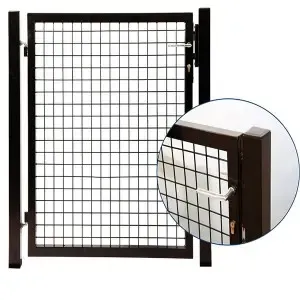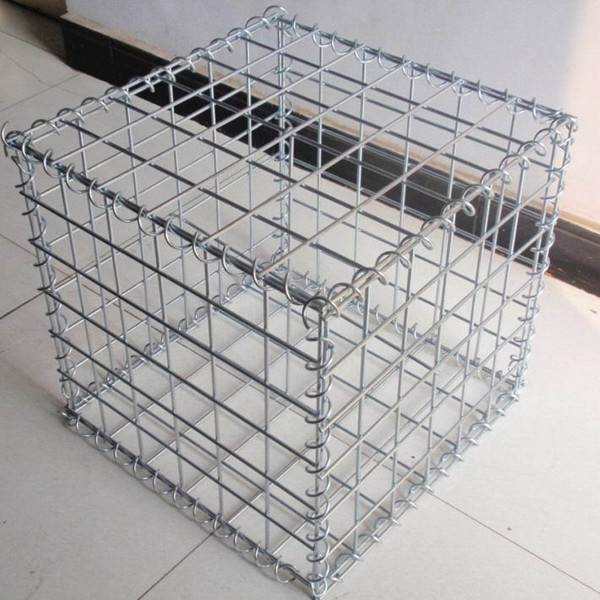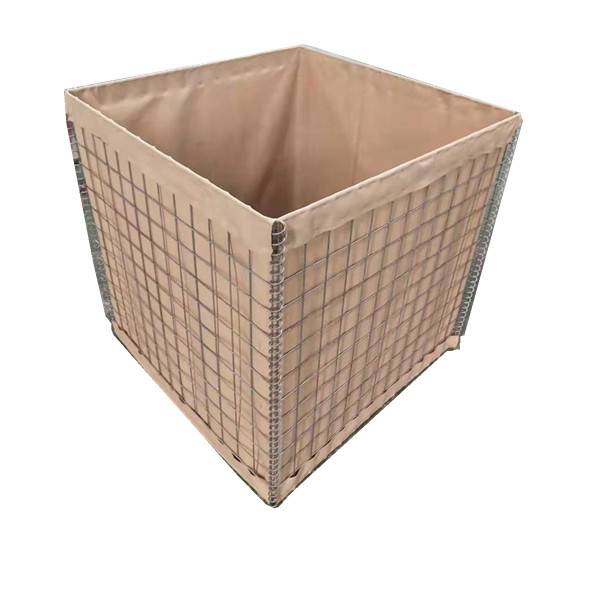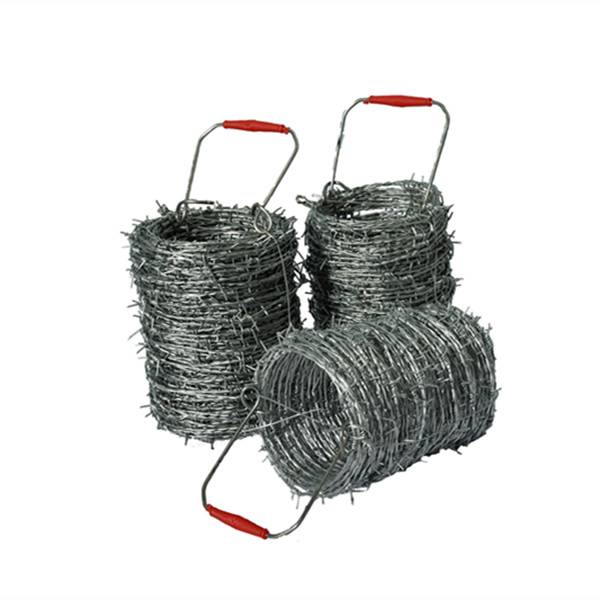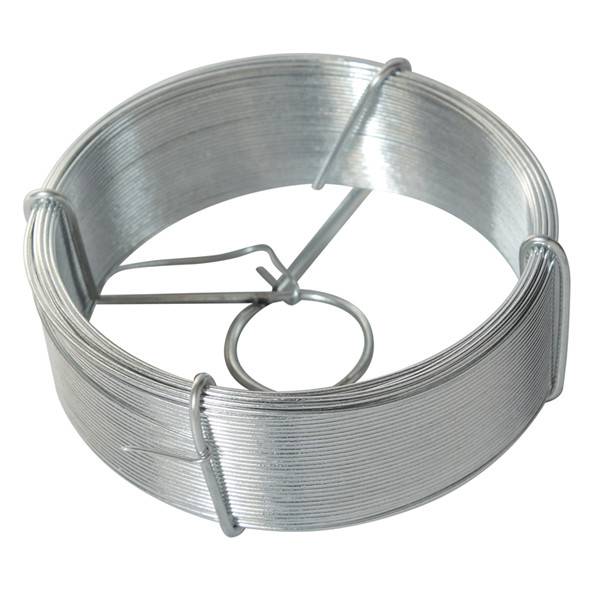
Nov . 18, 2025 03:00 Back to list
Welded Chicken Wire: Durable Fencing Solutions for Global Needs
The Growing Importance of Welded Chicken Wire in Today’s World
From securing rural farms in remote corners of the globe to protecting critical infrastructure in bustling urban areas, welded chicken wire holds a surprisingly vital role worldwide. But what’s all the fuss about this seemingly simple mesh? Frankly, it’s a fascinating mix of engineering, practicality, and a bit of history rolled into one sheet of metal grid—strong, reliable, and remarkably versatile.
Why does welded chicken wire matter? On a global scale, it intersects with everything from agricultural productivity to humanitarian responses in disaster zones. For instance, according to the UN’s Food and Agriculture Organization, effective fencing solutions help reduce crop damage and protect livestock — two key elements in food security. It’s not just about keeping chickens in or out; it’s about safeguarding livelihoods and supporting stability.
Understanding the nuances of welded chicken wire equips industries, NGOs, and governments to make smarter choices. It affects cost-efficiency, durability, and even environmental impact in ways you might not expect. So, let’s dig deeper.
Setting the Scene: Welded Chicken Wire in Global Context
Take a moment to think about fencing worldwide: the global market is valued at billions of dollars and expected to grow nearly 5% annually over the next few years (Source: CAGR Report 2023). Part of this surge is fueled by increasing urbanization and the push for sustainable farming practices.
The challenge? In many developing countries, fencing solutions are either prohibitively expensive or simply inadequate to withstand environmental stressors, theft, or wildlife intrusion. That’s where welded chicken wire enters as an affordable, scalable option. Its structure offers strength beyond traditional woven or knotted wire meshes.
In harsh environments, where plastic or low-gauge fences falter, welded chicken wire stands firm. It’s used in varied climates, from the drying plains of Kenya to the wet, wooded zones of northern Europe. It’s also a favorite in humanitarian responder toolkits — think shelter boundaries, animal enclosures, or makeshift garden fencing following crises.
What Exactly Is Welded Chicken Wire?
Say you’re new to this term. Welded chicken wire is a mesh made of steel wires welded at every intersection, creating a rigid, flat grid. Unlike woven chicken wire, where wires are twisted around one another, welded wire mesh stays perfectly square and consistent. This results in stronger, more durable panels.
Traditionally, chicken wire was used to contain poultry — hence the name — but today’s welded variants serve multiple industries, including construction (reinforcement material), agriculture (animal enclosures), and even art installations. All these layers of utility make welding rather than weaving a key evolution.
Think of it as the difference between a handshake and a hug: welded intersections hold firm and don’t loosen over time, which enhances safety and maintenance savings.
Key Characteristics of Welded Chicken Wire
- Material Quality: Usually galvanized steel for rust resistance, with PVC coatings for extra protection or aesthetics.
- Mesh Size: Various grid sizes — from ½ inch squares for small animals to larger 2-inch spacing for bigger livestock.
- Thickness: Wire gauges from 16 to 12 (roughly 1.3 mm to 2.6 mm thickness), affecting strength and flexibility.
- Panel Dimensions: Length and height vary by need, often in 3x50 feet rolls or pre-cut panels.
Core Factors Behind Its Practical Use
Durability and Corrosion Resistance
Durability stands out as the primary strength. Galvanized coatings help resist rust and degradation from rain or humidity, crucial in harsh climates or coastal zones. Many manufacturers add PVC layers that boost lifespan further and improve visual appeal—because who said fences can't look good?
Cost Efficiency
It’s easy to overlook upfront costs only to pay more in replacements down the road. Welded chicken wire strikes a balance — initial costs are affordable, yet the lifespan and performance reduce total cost of ownership. For farmers or relief organizations on tight budgets, this counts.
Scalability & Customization
The manufacture allows customization to suit specific needs: mesh size, panel height, flexibility in length. That means you can fence a delicate chicken coop or a secure construction site with the exact same wire type, just varied specs. It’s versatile without being complicated.
Ease of Installation
Panels or rolls are straightforward to handle and install, often with common hardware tools. The rigidity of welded wire means less sagging or tying compared to woven counterparts, which saves labor time and frustration.
Environmental Impact
Recyclable steel ensures that at the end of its life, the wire can be repurposed—part of a circular economy. This moves toward sustainability goals and reduces landfill waste, a pressing matter worldwide.
Global Applications & Real-World Use Cases of Welded Chicken Wire
Let’s zoom out. Where do you actually find welded chicken wire making a difference? Here are a few key examples:
- Agriculture and Livestock Farming: Used globally to secure poultry, rabbits, and sometimes larger animals. For instance, in rural India, farmers use it to protect vegetable gardens from wandering cattle and wildlife.
- Disaster Relief and Humanitarian Aid: Organizations like the Red Cross employ welded chicken wire for fast-set animal pens and shelter reinforcement after floods or earthquakes.
- Construction Industry: Rebar mesh often utilizes welded wire technology for concrete reinforcement, emphasizing durability and ease of placement.
- Residential & Urban Landscaping: Homeowners and landscapers in US suburbs install it as a garden fence or pet barrier due to its balance of aesthetics and robustness.
In Australia, post-bushfire recovery efforts used this sturdy mesh to rebuild fencing for livestock, which helped farmers resume operations quickly.
Product Specification Table: Typical Welded Chicken Wire Features
| Specification | Value | Details |
|---|---|---|
| Material | Galvanized Steel | Zinc-coated for corrosion resistance |
| Wire Gauge | 16 to 12 gauge | Thickness range ~1.3mm to 2.6mm |
| Mesh Size | 0.5” to 2” squares | Customizable per application need |
| Panel Dimensions | 3 ft x 50 ft rolls; custom sizes | Also available in rigid panels |
| Finish | PVC Coated (optional) | Green or black for added protection and aesthetics |
Comparing Welded Chicken Wire Vendors
| Vendor | Material Quality | Customization Options | Price Range | Lead Time |
|---|---|---|---|---|
| SteelMesh Co. | Galvanized + PVC coating | Wide range (mesh sizes, colors) | $$$ | 2 weeks |
| FarmGuard Supplies | Hot-dip galvanized only | Standard mesh sizes only | $ | 1 week |
| UrbanFencing Inc. | Stainless steel options | Custom orders and fabrication | $$$$ | 3 weeks |
Why Welded Chicken Wire Offers Real, Long-Term Value
Many engineers and end-users alike praise welded chicken wire for its combination of safety, cost efficiency, and sustainability. When you invest once in quality welded wire, you’re likely to avoid frequent repairs or replacements that plague alternative fencing. That reliability builds trust — crucial in industries that can’t afford downtime, such as supply chain farms or construction.
On a social level, fencing quality directly affects safety. Preserving animal enclosures means healthier livestock, which translates to better income and food availability for communities. There’s also an emotional element: fences mean boundaries where children play safely and crops can grow undisturbed.
And let’s not ignore the environmental dividend: using recyclable steel meshes helps reduce waste. Plus, it supports circular commodity markets favored in international standards like ISO 14001.
Looking Ahead: Innovations and Emerging Trends
The welding process itself remains quite traditional, but innovation comes via materials and coatings. For example, eco-friendly powder-coatings reduce chemical run-off, and new alloys improve corrosion resistance even further. Automation in manufacturing now enables faster production of custom panels, ideal for fast-paced relief efforts.
Digital tools are also influencing how fencing is planned and mapped, integrating with GPS and smart farm tech to optimize layouts. Backed by AI analytics, future welded chicken wire installations might even self-monitor their integrity remotely.
Plus, climate change pushes the fence industry toward greener materials and longer life cycles — making welded wire a natural choice for sustainable futures.
Common Challenges and How Experts Address Them
No material is perfect. Welded chicken wire can sometimes be less flexible during installation compared to woven wire, making corners or curves tricky. But savvy professionals use specialty clips and tensioners to solve that.
Another concern is initial cost spikes for thicker gauges or premium coatings. Bulk purchasing and long-term supplier relationships often mitigate this. Also, ongoing rust prevention requires careful maintenance in coastal or industrial environments.
Innovation is all about balancing these trade-offs to suit each project’s unique demands.
FAQ: Practical Questions on Welded Chicken Wire
- Q: What makes welded chicken wire better than traditional woven chicken wire?
A: Welded wire offers a stronger, more rigid grid due to fixed intersections, reducing sagging and damage over time. It’s easier to install and lasts longer, especially in demanding environments. - Q: How long can welded chicken wire fencing last outdoors?
A: With galvanized coating and proper maintenance, welded chicken wire can last 10–20 years or more. PVC coatings can extend lifespan further by protecting against moisture and rust. - Q: Is welded chicken wire suitable for both residential and industrial use?
A: Absolutely. Its versatility makes it popular for garden fences, livestock enclosures, and construction site security alike. - Q: How can organizations source quality welded chicken wire internationally?
A: Partnering with reputable suppliers that provide certifications (ISO, ASTM) and longevity guarantees helps. Many vendors now handle global logistics and comply with import regulations.
Final Thoughts and Next Steps
Welded chicken wire might not be the flashiest product in the hardware world, but its impact sneaks into so many corners of modern life — from securing food supplies to helping rebuild after disasters. Its combination of affordability, durability, and adaptability gives it a long runway ahead.
Curious to explore options or stock up for your next project? Take a peek at welded chicken wire offerings available now — they could very well be the fencing your site needs today.
1. Food and Agriculture Organization, UN, Food Security Reports, 2023
2. ISO 14001 Environmental Management Standards, International Organization for Standardization
3. Market CAGR Data, Global Fencing Market, 2023
-
Custom Weld Mesh – Tailored Solutions for Durable Industrial Fencing & Construction
NewsNov.24,2025
-
Comprehensive Guide to Chicken Welded Wire Mesh: Uses, Benefits & Suppliers
NewsNov.23,2025
-
BRC Weld Mesh – Durable Reinforcement Solutions for Modern Construction
NewsNov.23,2025
-
Durable BRC 3315 Mesh for Reliable Concrete Reinforcement | Hardware In Store
NewsNov.23,2025
-
Discover the Benefits of Green Weld Mesh – Durable, Sustainable Fencing Solutions
NewsNov.22,2025
-
Electro Welded Mesh: Durable, Versatile Steel Grid Solutions | HardwareInStore
NewsNov.22,2025
Products categories





